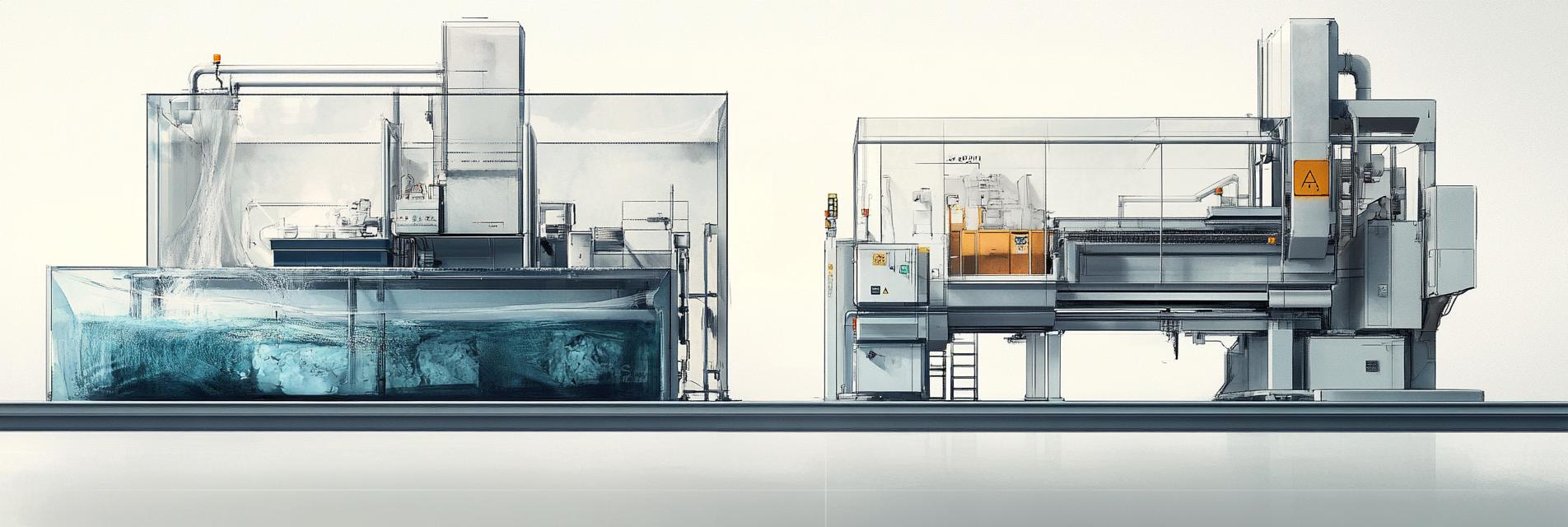In our quest to explore the differences between wet and dry machining processes, it is crucial to understand the needs and expectations of our target audience. Many users seek to optimize their machining efficiency while minimizing waste. By analyzing these user needs, we can better highlight the advantages of wet graphite machining centers.

To provide authoritative insights, we must delve deep into the subject matter. The wet graphite machining process, unlike traditional dry machines, offers better cooling and lubrication, which translates to improved tool life and surface finish. Incorporating industry reports can further substantiate these claims.
It is essential to present unique viewpoints regarding both machining processes. By emphasizing the ecological benefits of wet machining, including reduced dust emissions and energy consumption, we can provide a fresh perspective to manufacturers considering these options.
This guide aims to offer practical advice tailored to potential users. For instance, manufacturers should evaluate their specific requirements—such as material type and production volume—before opting for either wet or dry machining methods. Real-world case studies can offer additional clarity.
This discussion about wet vs. dry graphite machining invites comments and shared experiences from readers. Your insights can contribute to a broader understanding of which technology may best suit varied applications in the industry. Let's connect! 😊
